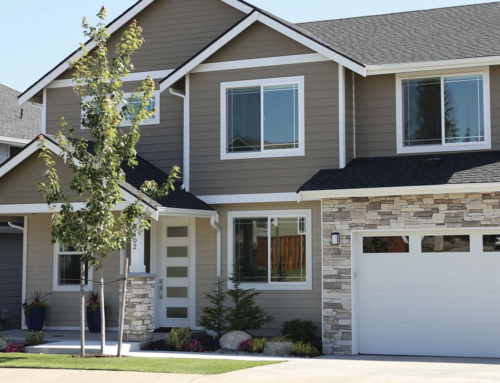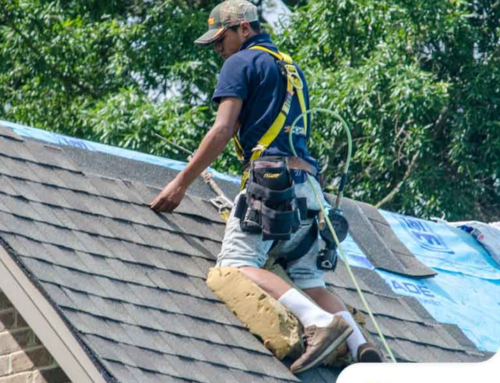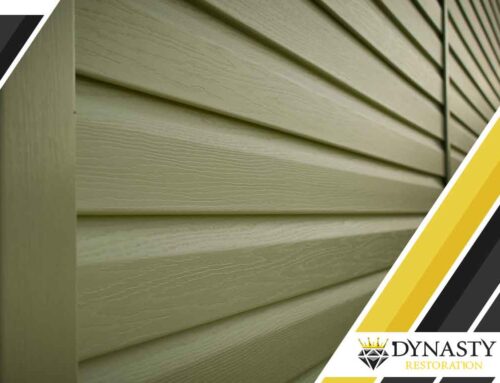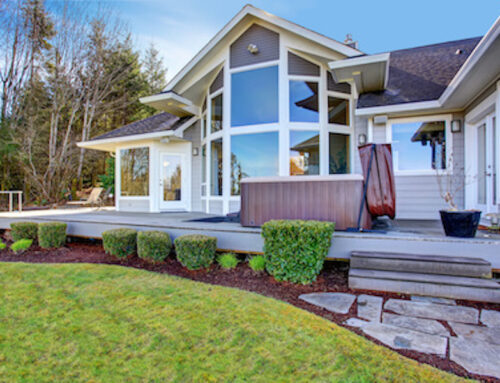 Midcentury modern architecture was a twentieth-century architectural style characterized by clean lines, muted curves, a lack of ornamentation, large windows, interior design based in functionality, and open floor plans intent on making indoor and outdoor living spaces complement each other. During its original boom from 1945 to 1969, it was divided in to three distinct styles: International, Contemporary, and Organic. Thespruce.com explains this style in more detail and answers the question: What Is Midcentury Modern Architecture?
Midcentury modern architecture was a twentieth-century architectural style characterized by clean lines, muted curves, a lack of ornamentation, large windows, interior design based in functionality, and open floor plans intent on making indoor and outdoor living spaces complement each other. During its original boom from 1945 to 1969, it was divided in to three distinct styles: International, Contemporary, and Organic. Thespruce.com explains this style in more detail and answers the question: What Is Midcentury Modern Architecture?
It has seen a major resurgence in recent years, mainly utilizing the elements of what would be considered Contemporary Midcentury Modern. This type of home features clean lines, floor-to-ceiling windows, and incorporates natural elements like wood, stone and brick. It often has exposed beams as well. Current designs that draw inspiration from this style include Scandinavian and Danish Modern design.
Color Pallet
A true mid-century modern color palette comprises earth tones like ochre, muted yellow, tan, and brown, energized by pops of accent colors like aqua, acid green, and bright red. While earth tones are a hallmark of mid-century modern design, curated colors are just as important to the style and can be used as accents to draw attention to doors, panels, trims, and other architectural features. Aqua blues, acid greens and bright reds are very important to the style. Benjamin Moore offers Midcentury Modern Paint Colors that will stay true to this style, both inside and outside of your home
Siding Type
Midcentury Modern exteriors were typically constructed from natural stone such as unpolished marble and granite, concrete block painted white, red brick and redwoods. This type of home calls for natural wood siding to retain the integrity of the home’s design elements. This is not the type of home that works well with vinyl siding or stucco. You do not want to hide the home’s architecture.
Consider thin, horizontal lap siding, shingles in place of siding, or a contrast of natural stained siding like cedar with one of the earth tones in the palette like ochre or muted yellow. You can also play with pops of accent color by painting wood siding an aqua green or a bright red. It can be used to heighten the visual impact. Hgtv.com has even more ideas with Curb Appeal Tips for Midcentury Modern Homes.
Shingle Type
Midcentury Modern homes are strongly associated with roofs that are flat or have very little slope. This can present a unique set of challenges when maintaining and replacing a roof on this type of home. Tar and gravel is among the most popular roofing styles and is great for a home that endures rough weather. This system uses layers and layers of material to seal the roof off from water damage and UV rays.
That does not mean that shingled roofs are out of the question. However, the roof is not necessarily a stand-out feature of the home. Roofing materials should be in a natural or muted gray or brown color palette.
Delve in to Details
There are many ways to incorporate the features of a Midcentury Modern home. One of the must-haves for this type of design is floor to ceiling windows. Think about incorporating them in to your next window replacement. Consider adding more access points to the outdoors with sliding glass doors. Pick furniture with clean lines and add natural elements to your design.
Do you love the Midcentury Modern style?
The experts at Dynasty Restoration and Roofing are ready to restore your Midcentury Modern home to its perfect condition or incorporate Midcentury Modern elements in to your current home.




